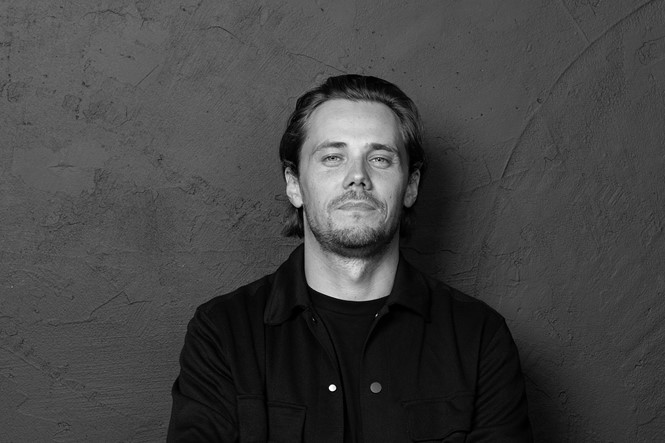Brand activation – survival of the nurtured

Janis Verzemnieks, co-founder and CEO of the brand guidelines platform Corebook°, explores the intricacies of brand activation, highlighting a key insight: in the survival of brands, it's not just the fittest that thrive but the most carefully nurtured.
There are few moments as exhilarating as launching brand guidelines into the real world. It's a mix of worry and excitement, but most of all, it's the thrill of the possibility of stepping up to the next level. However, the contrast between the glossy (sometimes even award-winning) presentations and the reality of brand activation is stark. What used to be a brilliant holistic system in theory can quickly turn into a discombobulated set of results in practice, bringing overwhelm to everyone involved.
That's why companies need to move from static to dynamic branding teams. This involves ditching the mindset that everything will somehow fall into place upon launch—assuming that everyone will be inspired to do the extra work for the brand to evolve and later thrive—and establishing what I like to call a brand council beforehand.
A brand council should be a set of company employees who regularly monitor and evaluate what is going on. For example, a brand council would consist of multidisciplinary team members who routinely assess brand implementations across various mediums and geographies, ensuring adherence to the set guidelines. When it comes down to it, brand guidelines are manuals, not hard and fast rules, and brand councils should decide how they should be implemented going forward, also pinpointing deviations or misalignments to set the brand back on the right track promptly. While static teams see brand activation as one and done process, dynamic teams know that it requires ongoing collaboration at all levels to improve the system for as long as the brand exists.
I can already hear some of you reading and thinking, “Is this not the responsibility of brand managers?” Not really—it takes a village to activate a brand. While brand managers are key players in brand activation, it is not possible or recommended for one person to conduct such major changes in the company. Creatives, in particular, have an inherent tendency to infuse personal flair into their work, which can later breed resentment from those who are working with the guidelines in reality—especially when it comes to rebranding, which is always subjected to ruthless comparison of before and after. Therefore, brand councils are instrumental in maintaining alignment with the brand's fundamental identity and ethos, cultivating a culture of uniformity and excellence.
Let's face it: brands are high-maintenance, and their pampering depends on those who want to see them shine—it is both a responsibility and an honor, embodying the dedication and expertise that can make or break their survival. If we nurture our brands, launching new initiatives can turn out as we have hoped for, transforming the thrill of the new into lasting satisfaction.
So, when was the last time your brand received a little collective TLC?













